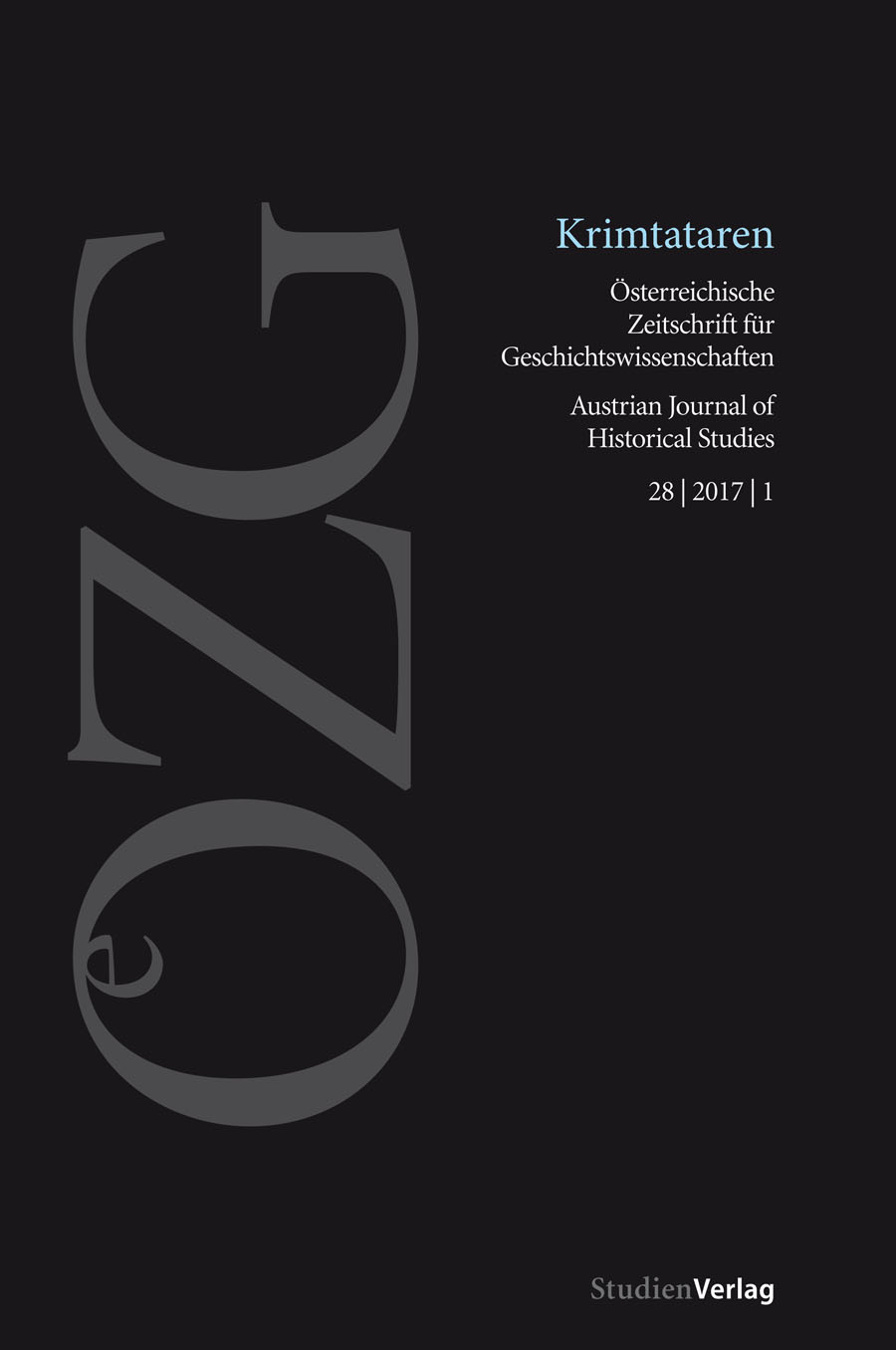Tatarisch-preußische Interferenzen im 17. und 18. Jahrhundert
Eine Beziehungsgeschichte
DOI:
https://doi.org/10.25365/oezg-2017-28-1-4Schlagworte:
Crimean Tatar history, stereotype research, German-Tatarian relationship, military historyAbstract
The history of the Tatar soldiers in the armies of Prussia and Saxony has hitherto only rarely been the subject of scholarly publications, but it offers a useful starting point for illuminating Christian-Islamic relations in the 17th and 18th centuries. Tatar soldiers were to be found in the Bosniak, Hussar, Cossack and Towarczys units of the Prussian and Saxon Army as well as in the short-lived Tatar Pulk of the Prussian army. At the same time diplomatic exchanges took place between Lipka Tatars, Crimean Tatars, Prussians and Saxons, beginning in the 15th century and lasting until 1786. A Tatar Muslim population has resided in the geographic center of Europe – in Lithuania and Poland – for more than 600 years. Its presence probably also shaped the distinctive collective image of this ethnic group formed by its German neighbors, the inhabitants of the former East Prussia, Masovia, Kujawia, Silesia and West Prussia.


